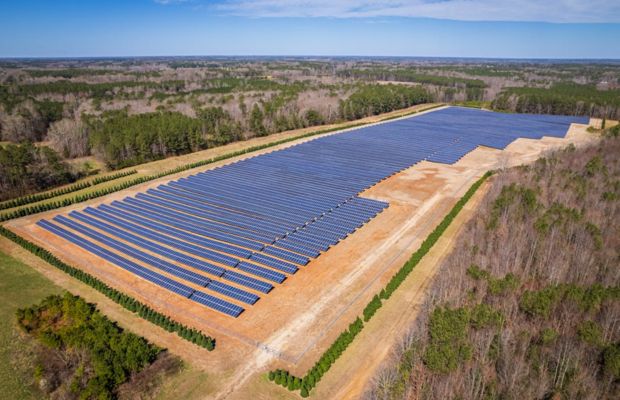Over the past 10 days, as numbers have continued to pour out from the listed players from China’s formidable solar sector, the impact of the low solar module prices seen over the past two quarters and more is clearly visible on their earnings as well. Even as volumes have grown in many cases, revenues have failed to not just keep pace, with some firms even slipping into losses. A far cry from the bumper profits of Fy22-23. Of course, the first quarter tends to be a slow quarter in any case for installations due to winter in some of the hottest solar markets right now, including outside China, be it the US or Europe. Let’s look at the top 4 players first.
Longi, the world’s biggest solar module supplier worldwide until 2022, suffered a net loss of CNY2.4 billion, after revenue dropped 38 percent to CNY17.7 billion. JA Solar racked up a CNY483 million loss on a 22 percent decline in revenue to CNY16 billion.
Jinko Solar, the top Chinese supplier to India in 2023, saw net profit dropping 32 percent versus the corresponding quarter last year, while revenue was almost static at CNY23.1 billion (USD3.2 billion) while being down 29% sequentially when compared with Q4 of 2023. Trina Solar saw profits drop 71 percent to CNY516 million (USD71.5 million), with a 14.4 percent decline in revenue to CNY18.3 billion. Longi Green Energy Technology and JA Solar Technology slipped into losses due to low panel prices. A clear trend was that firms that were more concentrated into the solar module part of the solar cycle suffered higher degradation of profits.
Even cell and polysilicon suppliers were not spared, as Chengdu-based Tongwei suffered a net loss of CNY787 million, compared with a net profit of CNY8.6 billion a year ago. Revenue slumped 41 percent to CNY19.6 billion. Tongwei was an exceptional case, also because this was its first loss in seven years. It was only in 2022 that Tongwei moved forward from polysilicon, wafer, and cell making to modules as well. Even as losses have piled up, beyond expecting a shakeout of smaller players, the larger Chinese players remain optimistic, as most have not really cut back on their expansion plans or spends overseas. Promising new markets are opening up, and the top Chinese players are striving to ensure they are not tripped up by trade barriers by expanding production overseas. While module manufacturing is the easiest bit, some have gone beyond into cell manufacturing as well in overseas markets.


